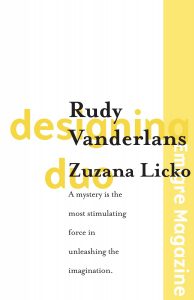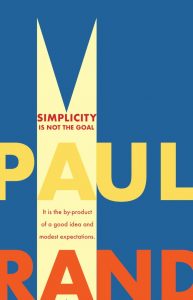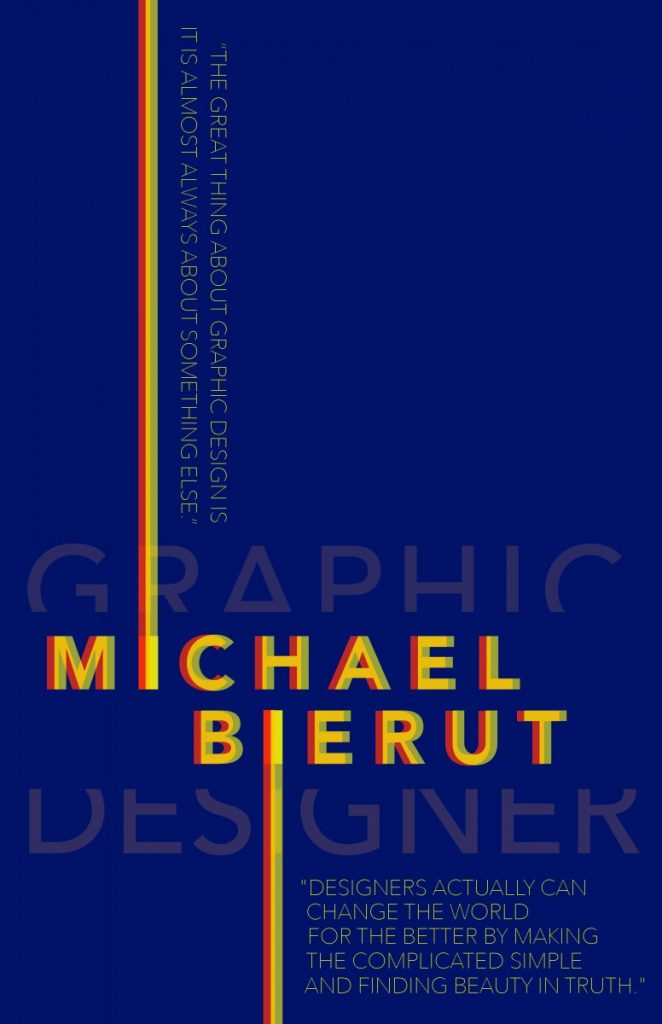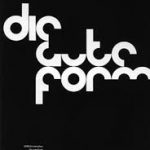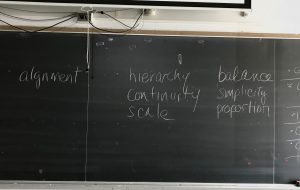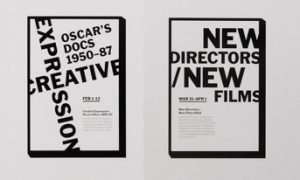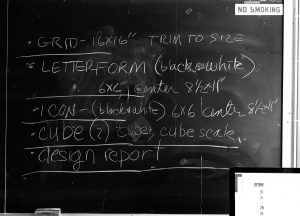Jeremy Eisner Poster
Bryanna Andrew
design hero poster
portfolio review
The Ruthless Four: A Brutally Honest Portfolio Review
Four talented Female Creatives from McCann NY, Two Art Directors, a Designer and a Copywriter.
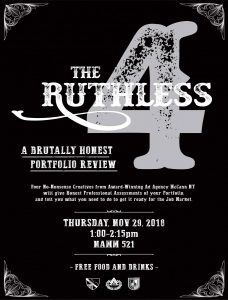
reminder: class will meet in Pearl 112 on Thursday.
grade make-up opportunity
Make-up opportunity
You may revise one project to revise your grade.
Revise your project:
• Criteria and explanation of all assignments can be found on the “Assignments” page of the OpenLab website.
• A copy of the assignment criteria (from the class chalkboard) can be found on the “Assignments” page of the OpenLab website.
To receive credit, you must turn-in your revised project by the start of class (8:30) on Thursday.
Late assignments will not be accepted.
meet in Pearl 112 on Thursday
poster examples
assignments due Monday, October 28
Due Monday
Mid term assignment/quiz starts at 8:30 Monday morning.
You must be present at 8:30 to complete (and pass) this mid-term assignment.
Bring last two versions of your poster design with your revised poster.
Be ready diagram you application of:
• grid (to create structure and maintain proportions)
• alignment (using continuity)
• hierarchy (using change of scale)
• proportion (using a large area of white space)
• balance (using asymmetrical balance, not centering)
• simplicity (use only necessary text)
all assignments due: Thursday, 10/21
Bring all assignments to class on Thursday, October 21
Correctly name and upload digital copies to the Google Drive.
Instructions:
upload files to GoogleDrive
Your design hero
homework
THE PURPOSE OF CRITIQUE
You like it when people like your work.
During a critique, when comments such as “I like it” or “I love it” or even “that’s awesome!” are made about what is on the wall, you feel good. Getting approval is a great way to build confidence, “I like it” puts a smile on your face as you proudly stand by what you have made.
However, there is a catch: as a way to become better at what you do, “I like it” is worthless feedback. There is nothing from a bunch of “I like its” that helps you make better work (or, for that matter, from a bunch of “I hate its” either).
The critique
is one of the most valuable components of a formal design education. It can also be a difficult concept for new students.
is a collaborative activity that takes time to learn — both in terms of how to give feedback, and how to accept feedback.
While there are no hard-and-fast rules to the critique process, this information can help.
Why critique?
The purpose and value of a critique is to improve the work — critique serves the work, not the person who made the work. A critique of your work is not a critique of your humanity, and making bad work does not make you a bad person.
A critique should have goals. You should know why the instructor is holding a crit, and what the point of the crit is.
As a participant, you should know why you are getting or giving a critique.
Some crits are for exploring concepts, some are for finessing details, some are celebrations at the end of a project.
Critique Is Empowering
A helpful crit is honest and useful.
You should walk away from a crit feeling empowered and excited to make the work better.
It is up to both the givers and the receivers of the critique to make this happen.
A critique is not a competition — nobody “wins” the crit.
Everyone is there to learn and grow. Often you can learn as much from giving a crit as you can from getting one. This is why you should always pay close attention to critiques of work from other students, as there is much to be learned from discussing work beyond your own.
remember
No one should walk away feeling defeated by the experience.
You should not get “torn apart” in a crit, crits should not be “brutal.”
If you walk away feeling like your crit was not useful or like you were beaten up, talk to your professor.
text based on a small website by Mitch Goldstein © 2018

